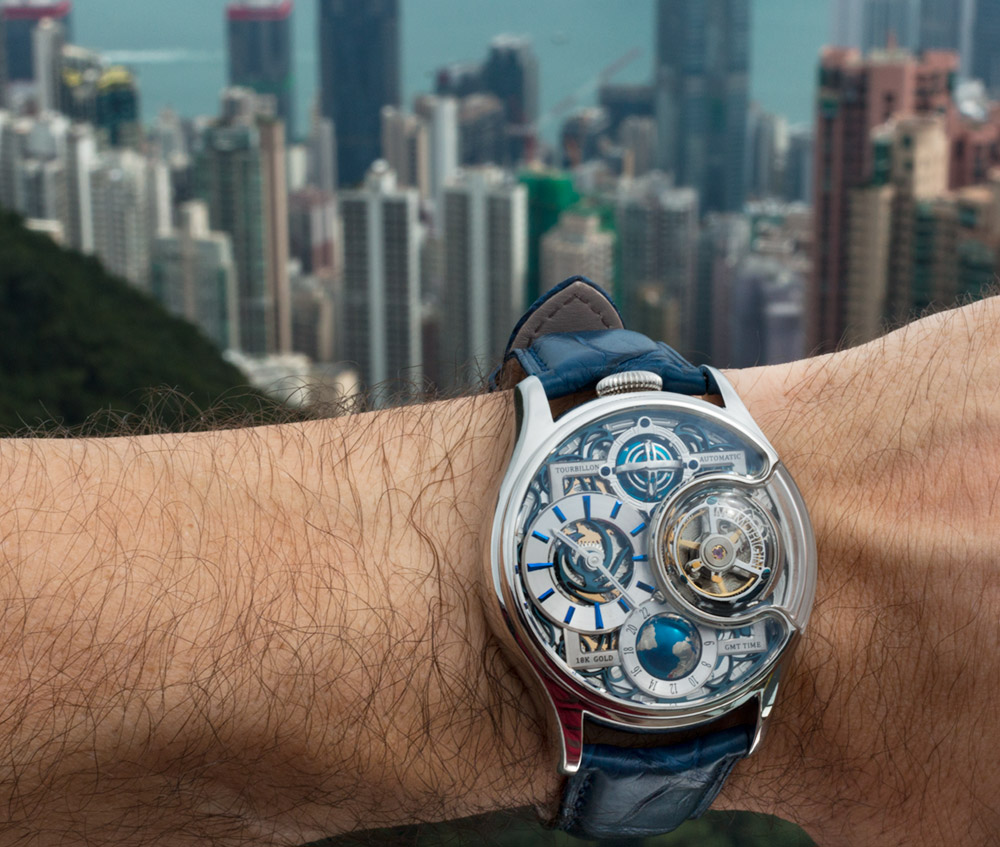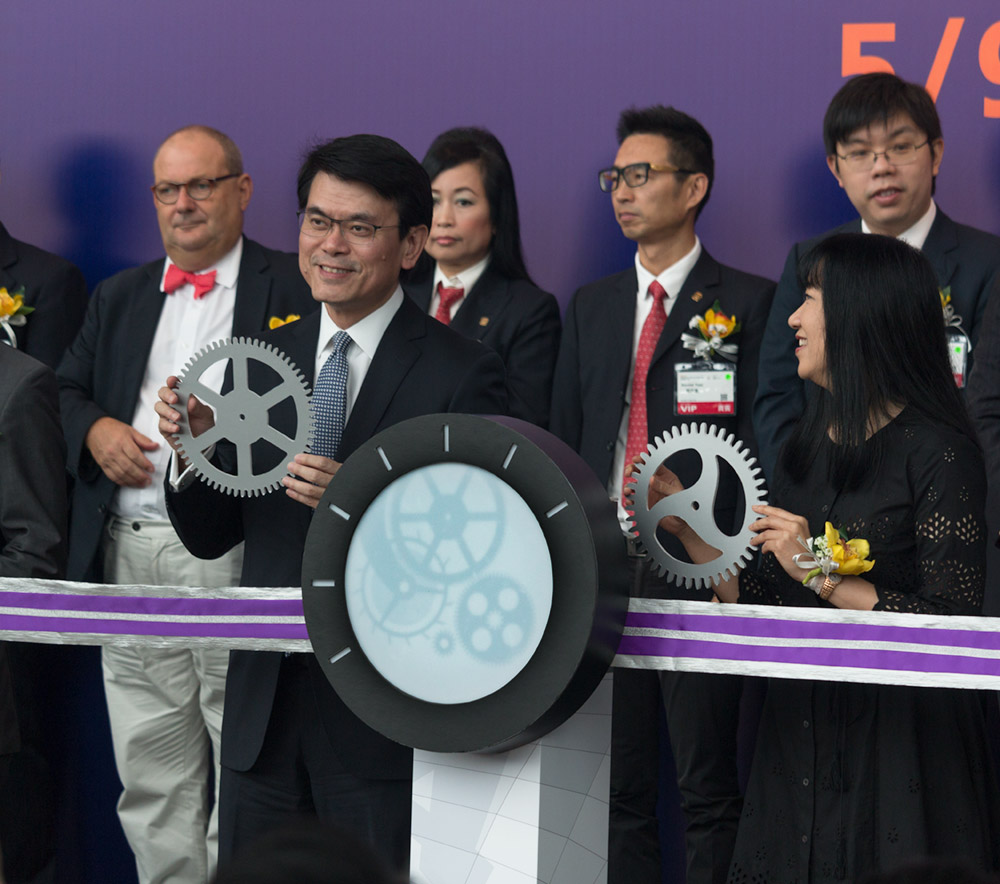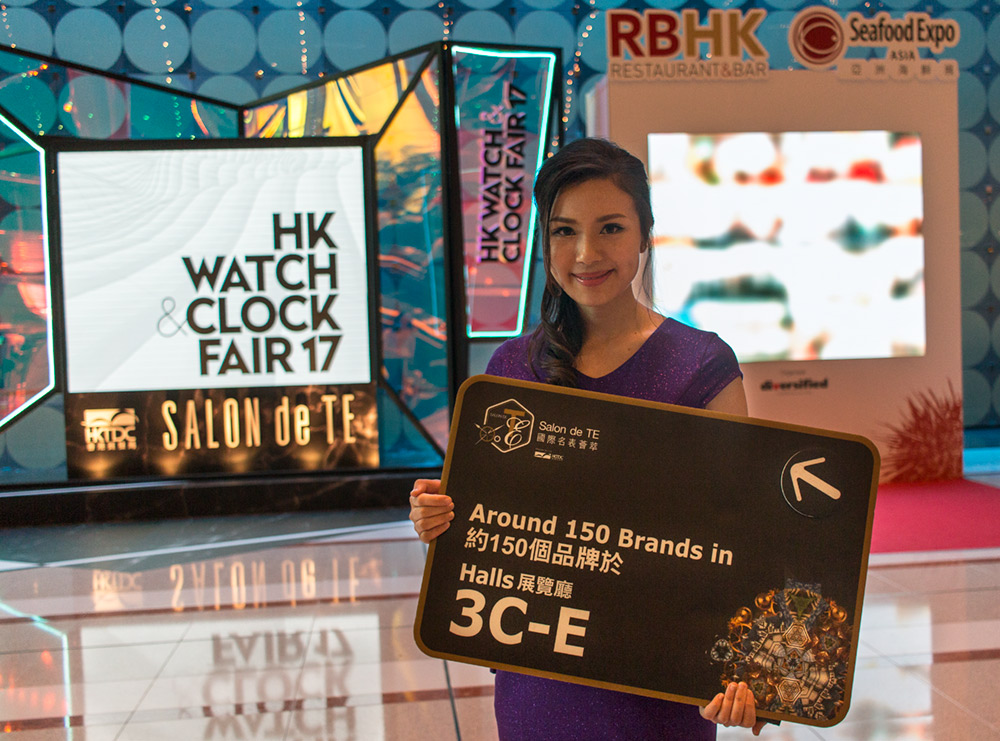
It would have been naive to expect the Hong Kong Watch & Clock Fair 2017 to be like a display caseback for the watch industry where all its internal workings and moving parts could be clearly seen, but I had in some way hoped for that. While not providing all the answers, this massive trade show offers a glimpse of the Asian production side of the global watch industry that most people usually don’t have a chance to see. A complicated world unto itself, another highlight of the show is the rapidly evolving local watch industry that is unlike what you will find anywhere else. Here is what I did and didn’t see during a fast four days in Hong Kong.
My first time attending the Hong Kong Watch & Clock Fair was a fascinating experience, offering a chance to see the type of companies that together, behind the scenes, create so many of the watches on our wrists or on our lists. The watch industry remains opaque, however, and concrete information such as exactly who is working with whom was not readily disclosed despite my prying. What the Hong Kong Watch & Clock Fair 2017 did offer was a chance to meet the people behind watch brands as well as seeing the types of companies that can and often do supply more or less any part or service at any stage of watch production.
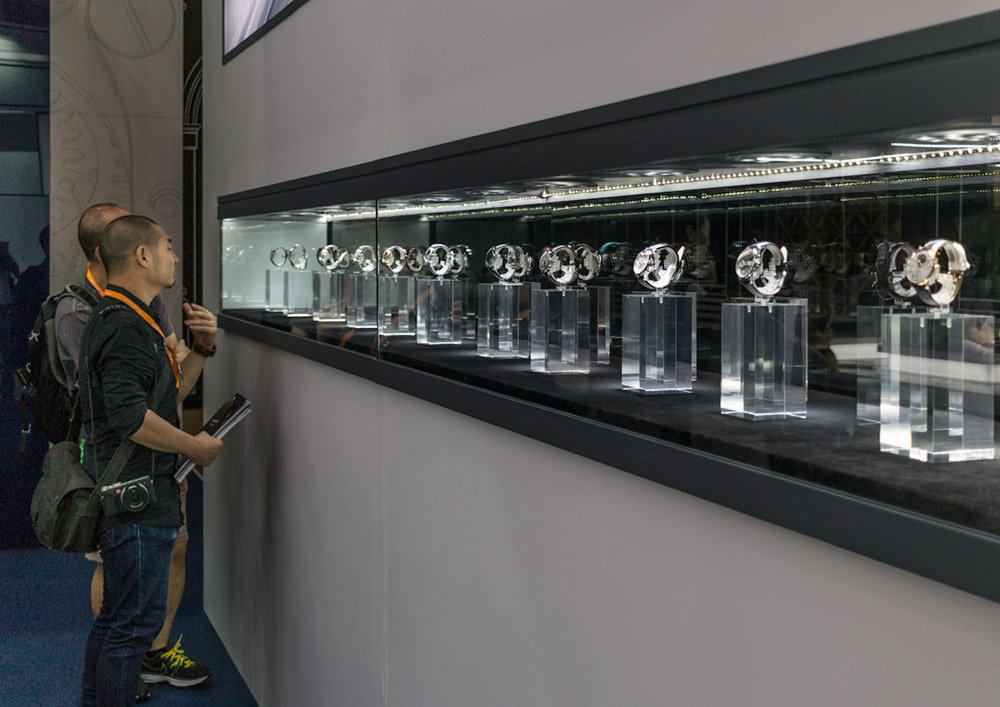

Local brands were the other interesting and unique thing that the Hong Kong Watch & Clock Fair 2017 offered. These are young and creative Hong Kong brands as well as mainland Chinese factories that have had a tumultuous history since being founded in the 1950s and have reinvented themselves numerous times both as modern brands in addition to suppliers to local and international clients. Some of the stereotypes about derivative designs (even counterfeits) or quality control issues are well-founded, but that is far from the whole story. We’ll come back to some of these interesting brands and their watches shortly.
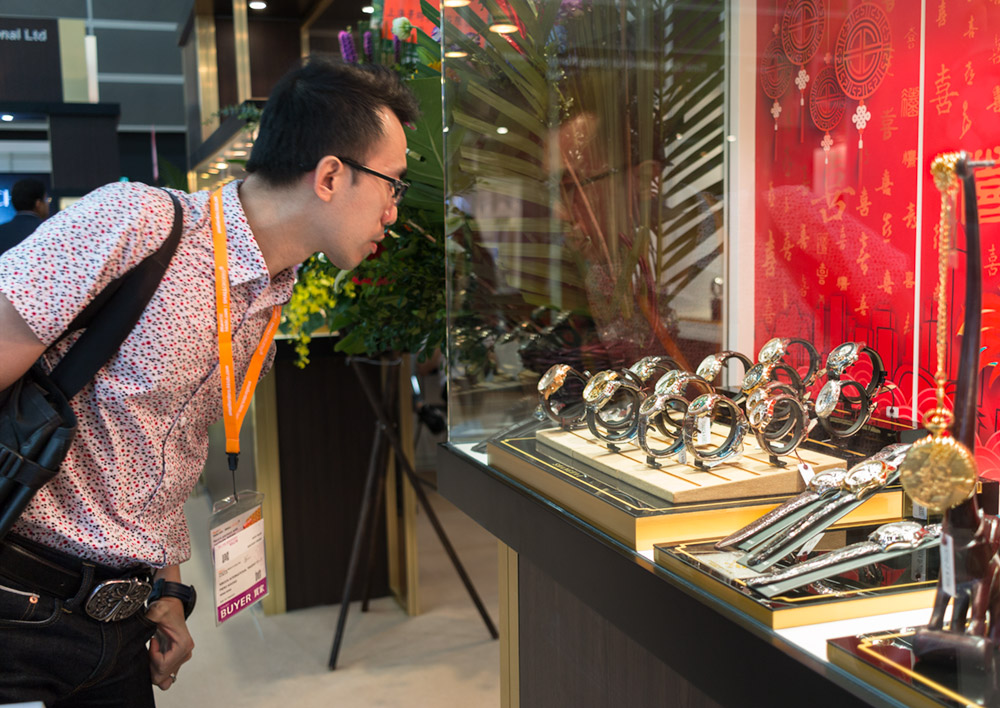

The Hong Kong Convention and Exhibition Centre looks out on Victoria Harbor from the busy commercial area of Hong Kong Island called Wan Chai. In massive halls divided into various zones over multiple floors of the exhibition center, about 29,000 square meters of space was dedicated to the 2017 Hong Kong Watch & Clock Fair where 827 exhibitors gathered. One can easily (and I did) get lost. The organizing Hong Kong Trade & Development Council (HKTDC) calls the Hong Kong Watch & Clock Fair the biggest event of its kind, and that is surely true by certain measurements even though Baselworld and SIHH in Switzerland remain the most important for new watches from major brands and independents.
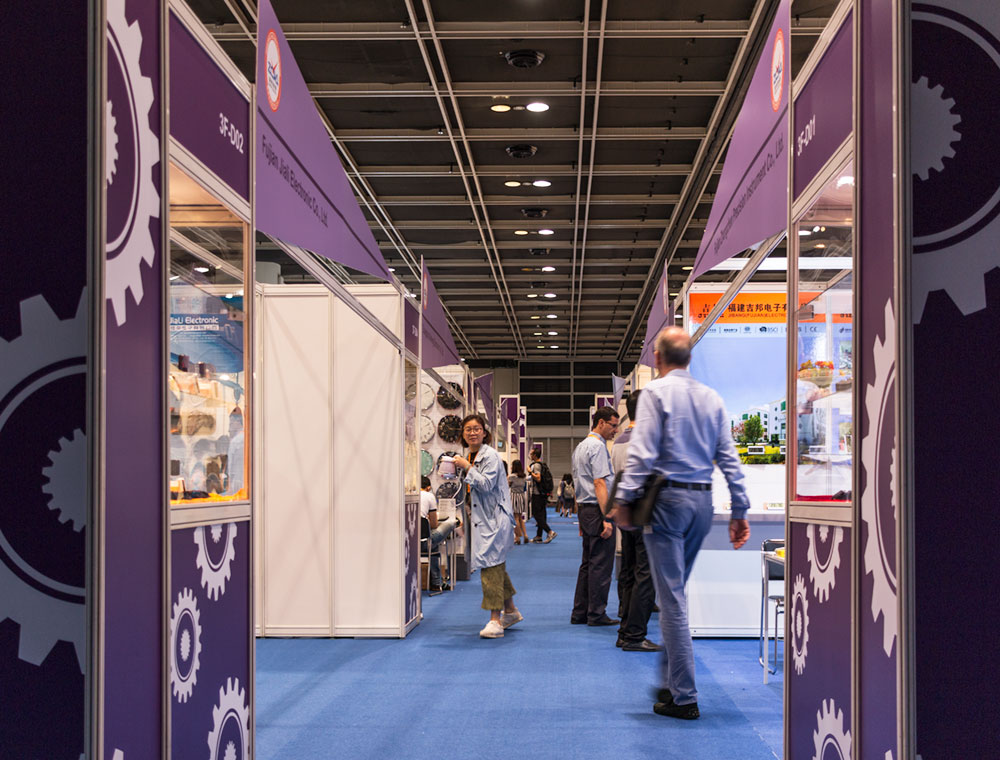
The media like myself and colleagues were but specks among the precisely 20,867 buyers of all kinds in attendance. The HKTDC says that exhibitors and attendance were up slightly over the year before – unlike major Swiss trade shows like Baselworld where participation has declined. Those buyers from 92 different countries and regions were retailers seeking new and interesting models, European and other foreign brands seeking distribution in China, watch company representatives seeking suppliers, and even suppliers seeking industrial equipment or tools. It is hard to tell among the crowd who might be from, say, a well-known luxury brand discreetly scouting out the best production partners.
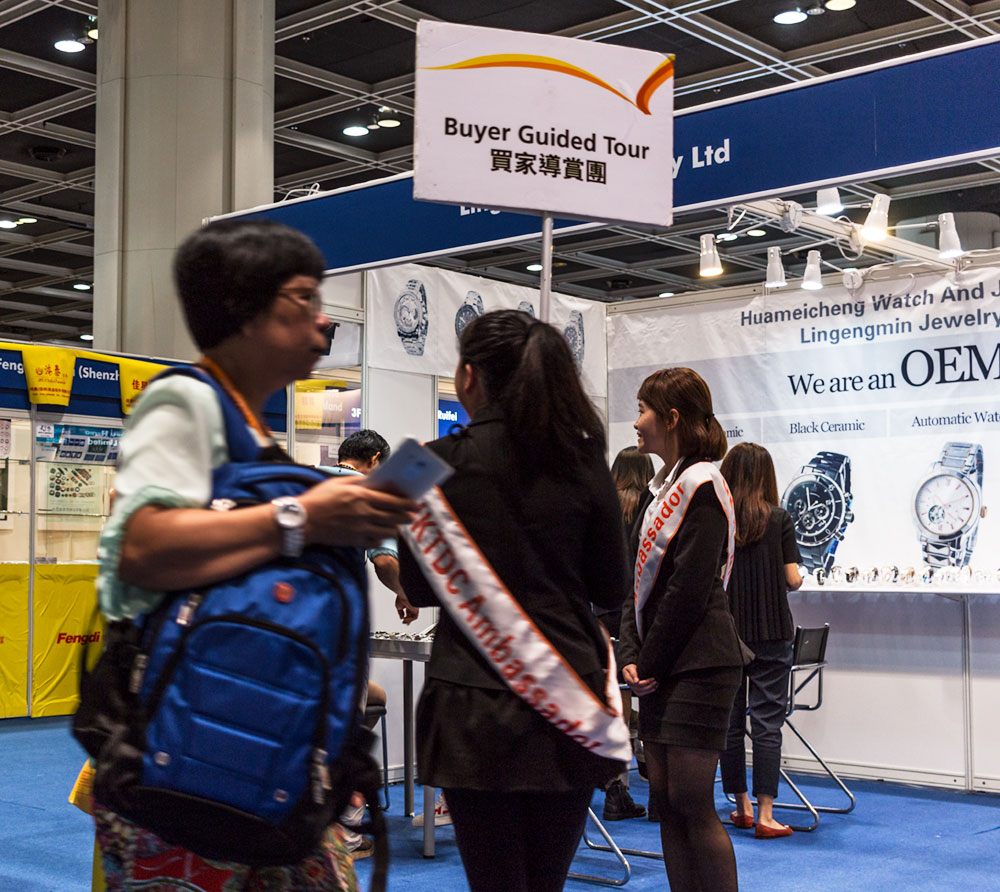
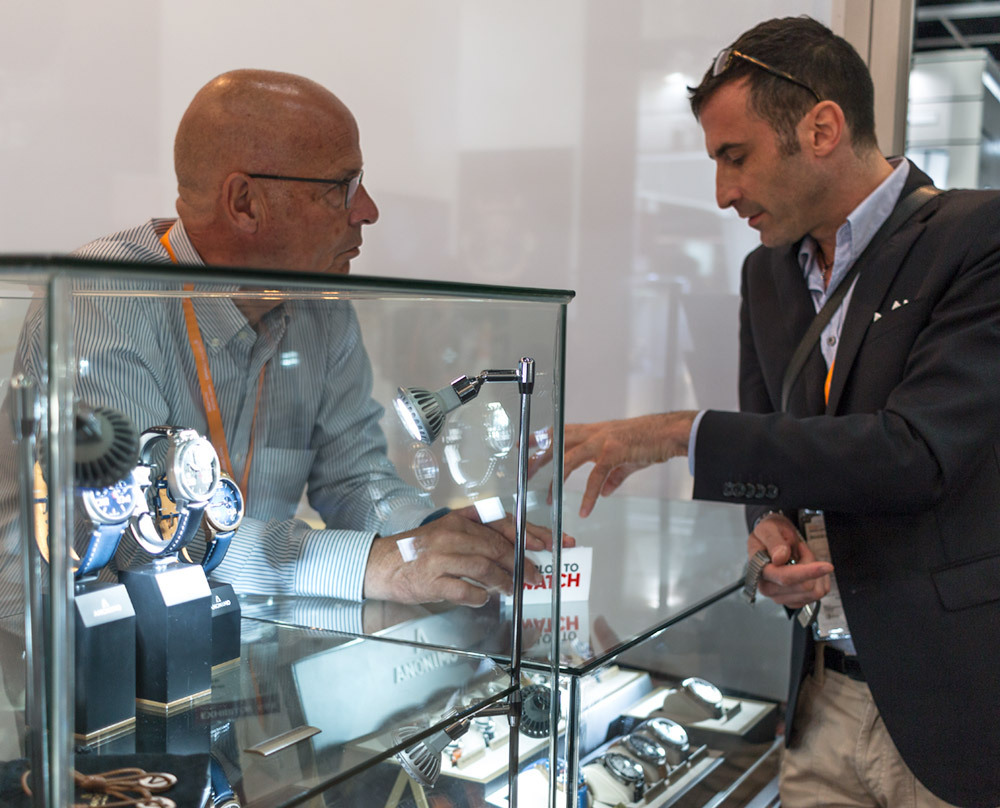
As exhibitors and buyers, of course, the vast majority of people were there in a pragmatic mood to make connections, find opportunities, and do business – many were unprepared to deal with media. I, on the other hand, had many chances to simply explore and meet people between the HKTDC’s various planned activities. Hong Kong and China are known for a general frenetic vivacity, to which I can attest, and that combined with a genuinely watch-crazy culture lend some atmosphere to a show such as the Hong Kong Watch & Clock Fair. Mini events such as distracting “watch parades” were like fashion shows that seemed to pop up here and there and kept the mood upbeat with snapping cameras and smartphones.
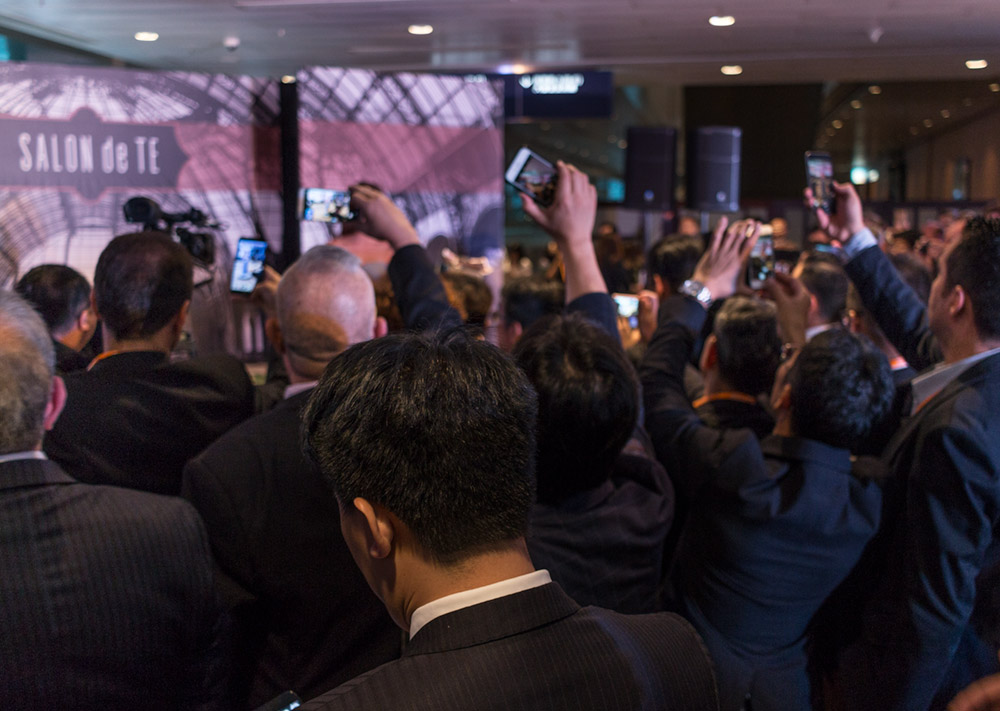
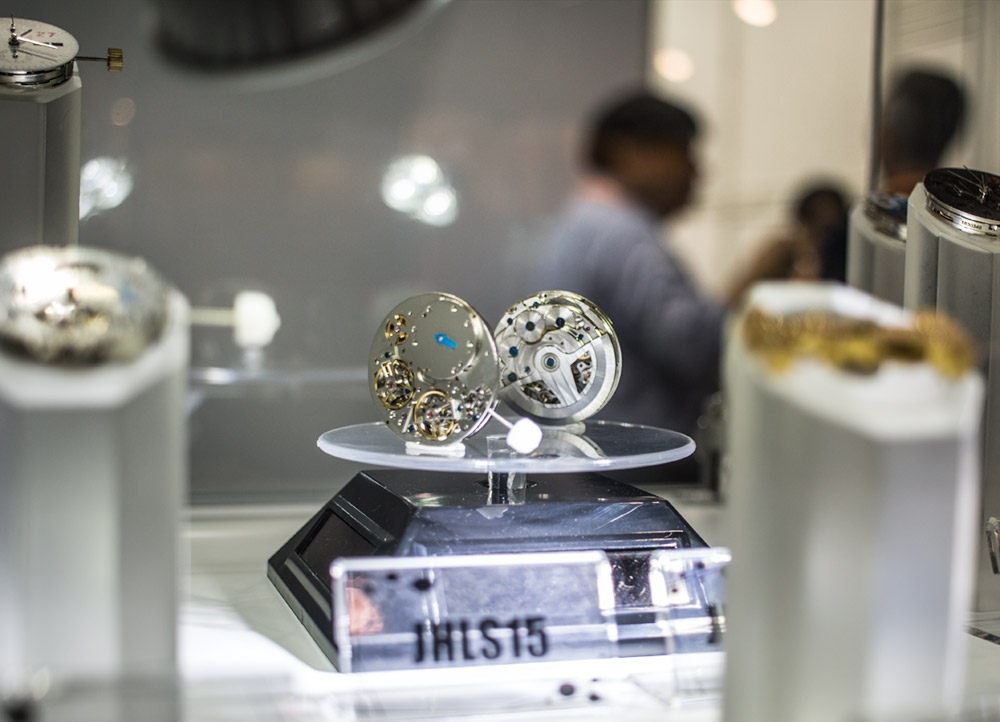
Among the endless rows of booths, however, were watch brands of all kinds showing their newest models, but also everything from suppliers of packaging, to watch parts, to machinery and tools to make the watch parts. It was interesting to see glass cases that looked like typical watch displays but instead held naked movements, sapphire crystals of different shapes, or samples of cases, buckles, and more. I did see one such display that included parts with the engraved name of a certain Swiss brand – though I cannot confirm the relationship. To be clear, while many of the suppliers exhibiting are from Hong Kong and mainland China, there are also many that are from Switzerland, Japan, and other countries.


Major luxury watch brands use Chinese suppliers and partners to varying degrees for parts and labor of all types – that is no secret, but it is also not the story those brands want to tell. In fact, it is quite plausible that the 60% of the value required to put the Swiss Made label on a timepiece can be derived from the cost of Swiss design, R&D, assembly, etc., while most parts of the watch are made in China. There is no problem with a quality product being made in China, in my opinion, but misleading consumers is problematic – and I think many people will agree with that.
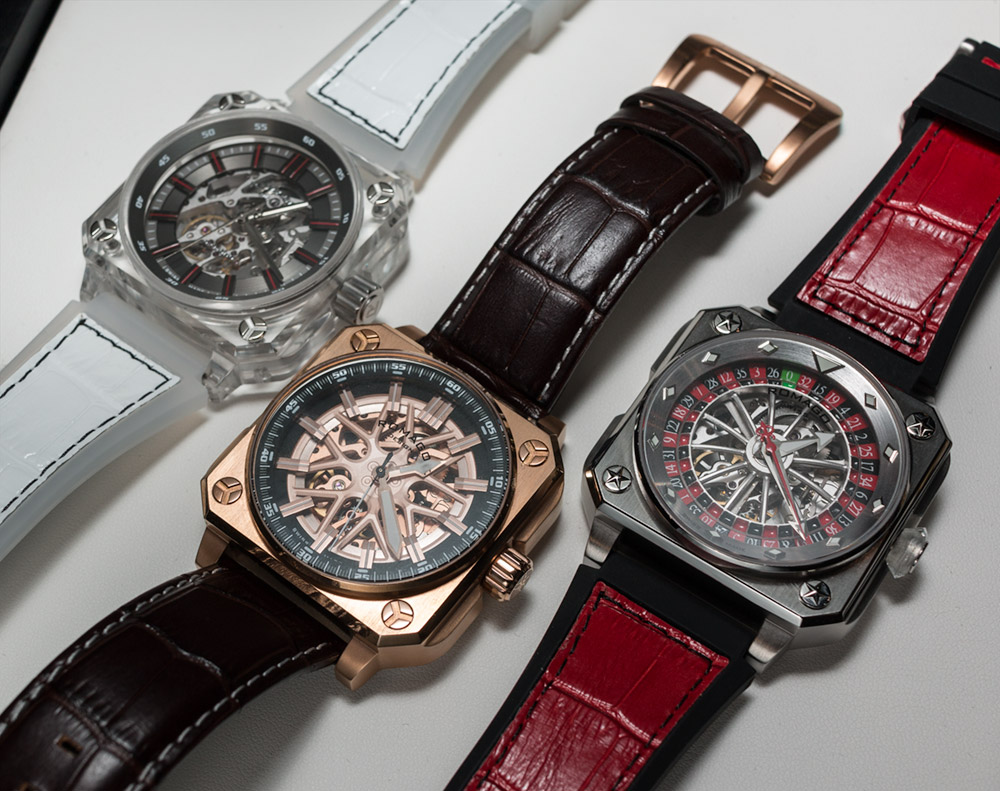
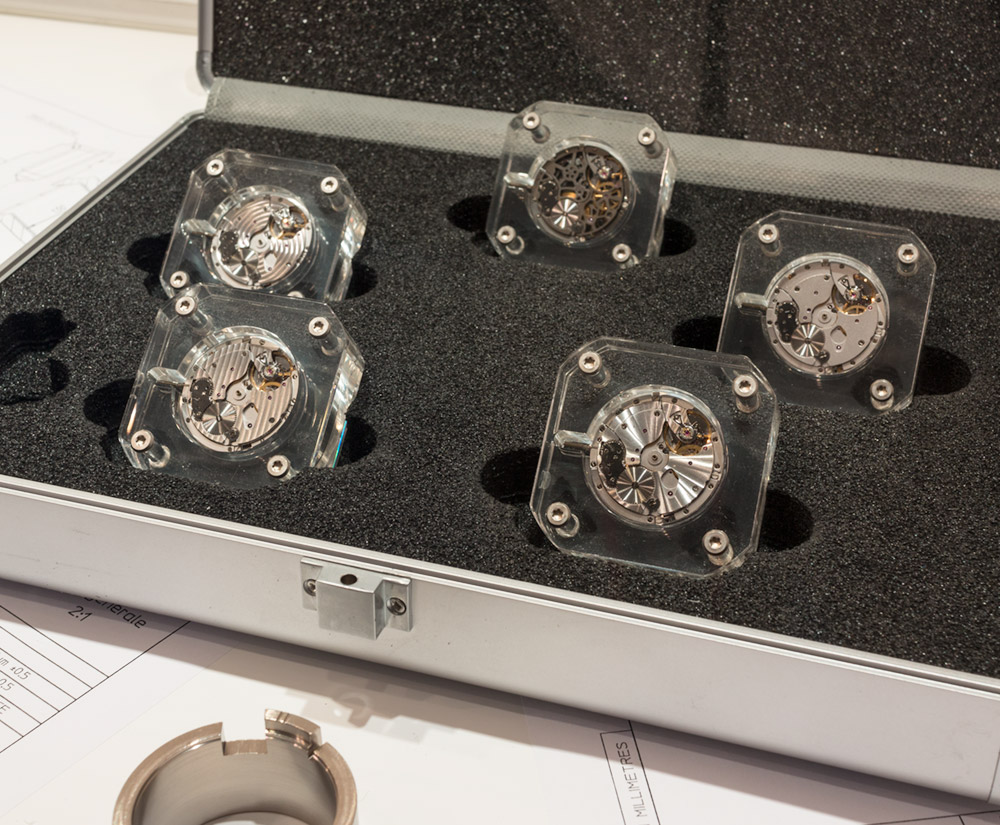
Why should you be interested in what goes on in the kitchen rather than just enjoying the food? That is, why even care about what goes on in China and Hong Kong if you live in some far-away part of the world? Because watches are so damn expensive, watch enthusiasts need to be constantly educating themselves and evaluating price, quality, value, brands’ margins, etc. – that is one reason. But I would also argue that Hong Kong and China are increasingly impossible to ignore as the global epicenter of watch production and watch consumption. That means together they have a huge impact and role for the industry, and the products we enjoy.
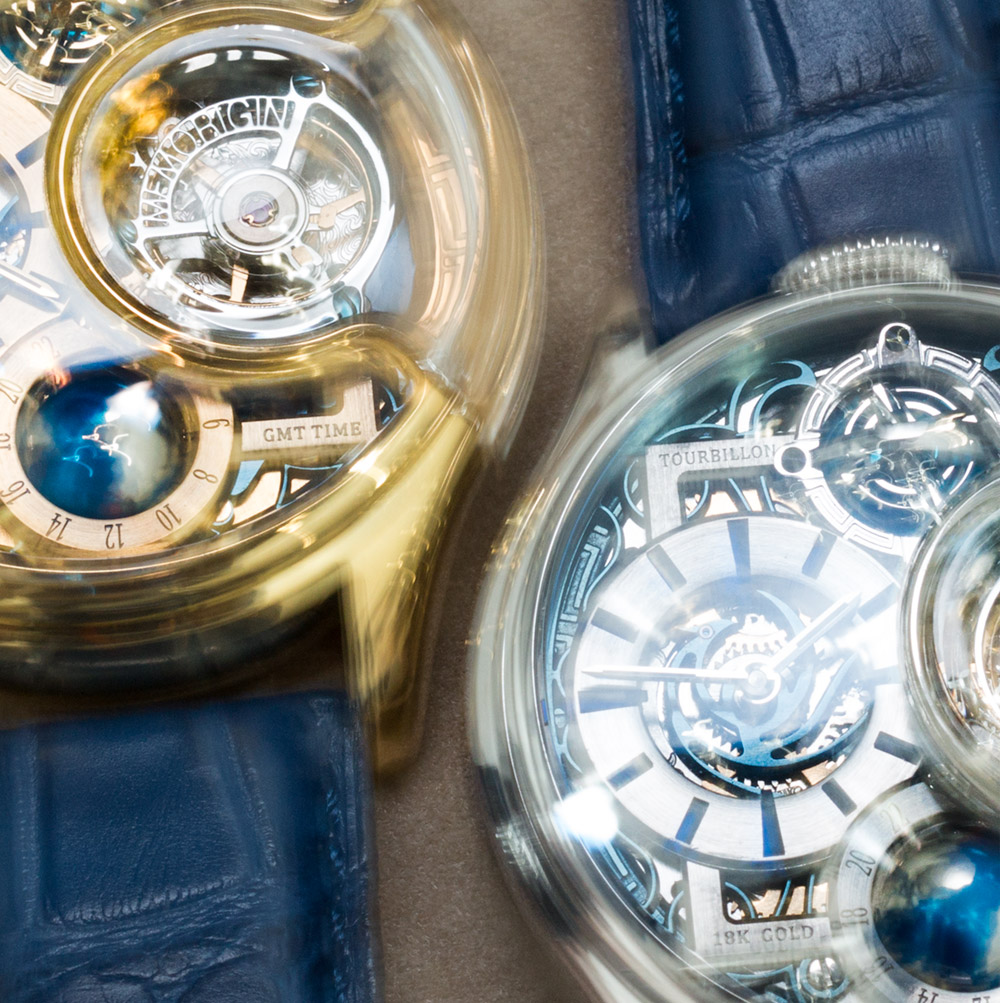
Ahead of attending the Hong Kong Watch & Clock Fair 2017, I mentioned that Hong Kong is the number-one region in the world for Swiss watch exports. That is almost unbelievable for the geographically tiny territory that represents 0.1% of the world’s population – though, exports to Hong Kong are disproportionate to the city’s size in many industries. Further, many of those exports may be eventually destined for mainland China, where import tariffs are high, either before or after being sold. It remains true, however, that there is a strong watch presence and culture here. On my first visit to Hong Kong in 2015 for Watches & Wonders, I wrote that the city is a “watch shopping wonderland.” Unfortunately, I didn’t have time for any shopping during this visit, but just stepping out of my hotel and wandering nearby streets reaffirmed my impressions. It’s a watch-crazy place.

